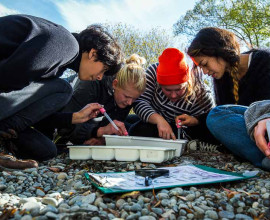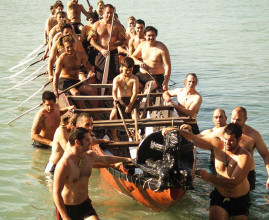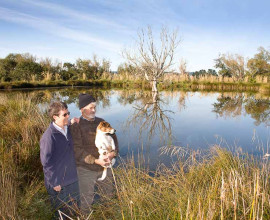New beginnings
Since the 1970s land-use intensification has increased pressure on rivers and aquifers. Communities have become increasingly concerned about water quality and the cultural health of waterways. This has led to a complete change in the way we manage water.
How does it work?
The Canterbury Water Management Strategy was signed off by the Canterbury Mayoral Forum in 2009. It’s a partnership between Environment Canterbury, Canterbury’s city and district councils, Ngāi Tahu and water stakeholders. Ten collaboratively–developed target areas provide defined and time–limited goals.
There are 10 water management zones throughout Canterbury and each has a committee made up of community and rūnanga appointees, as well as regional and local council representatives. Their role includes developing and reviewing Zone Implementation Programmes or ZIPs.
There is also a regional committee made up of representatives from Environment Canterbury, territorial authorities, rūnanga and Ngāi Tahu, as well as a member from each of the zone committees, community representatives and central government observers.






